Investing in active transport has a clear positive business case
The Australian Government Department of Infrastructure and Transport published a discussion paper in 2012, laying out the business case for investment in active transport (Link, PDF).
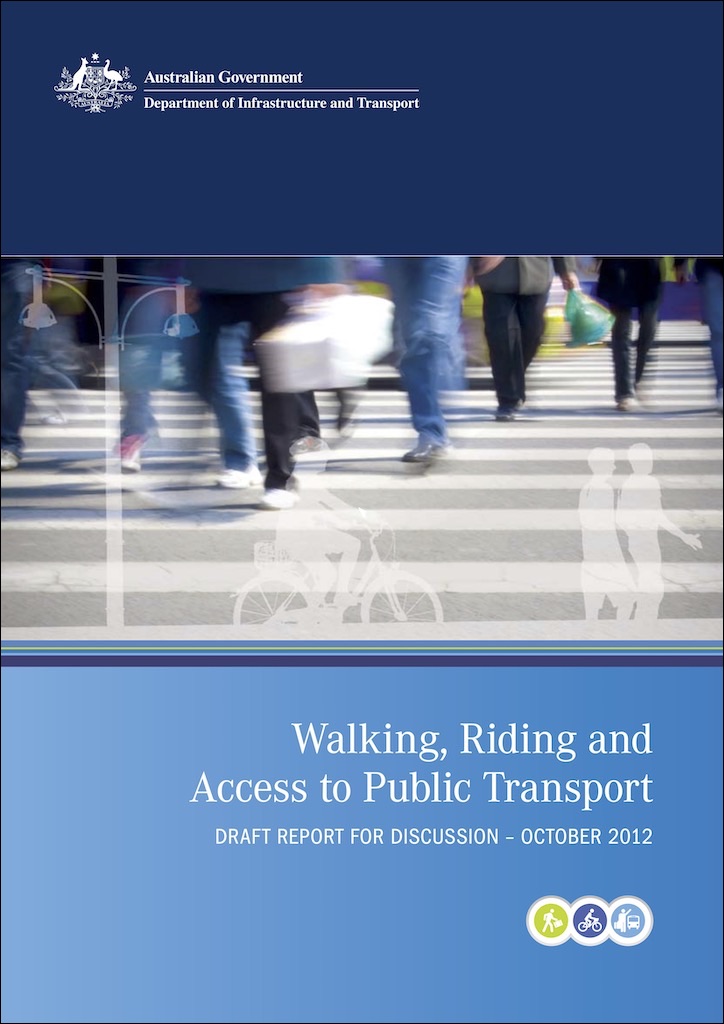
The economic analysis is summarised in Section 1.1 and detailed in Chapter 3:
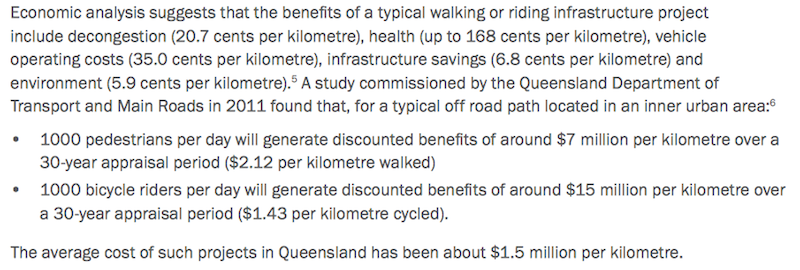
Figure 3.1 summarises the factors:
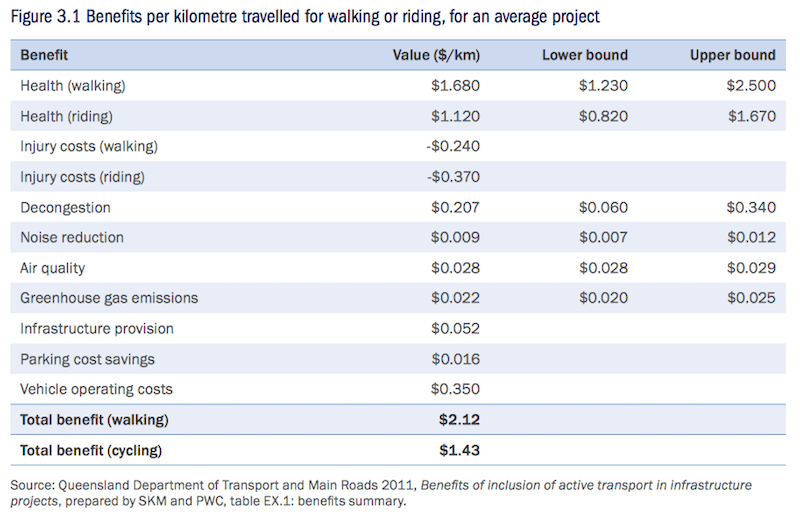
Overall, infrastructure for walking and cycling is both beneficial and inexpensive, compare with other modes of transport:

UK Government
The UK Government Department of Health published an economic assessment of investment in walking and cycling:
This review assesses the evidence base from both peer reviewed and grey literature both in the UK and beyond. Almost all of the studies identified report economic benefits of walking and cycling interventions which are highly significant. The median result for all data identified is 13:1 and for UK data alone the median figure is higher, at 19:1.
Value for money: an economic assessment of investment in walking and cycling
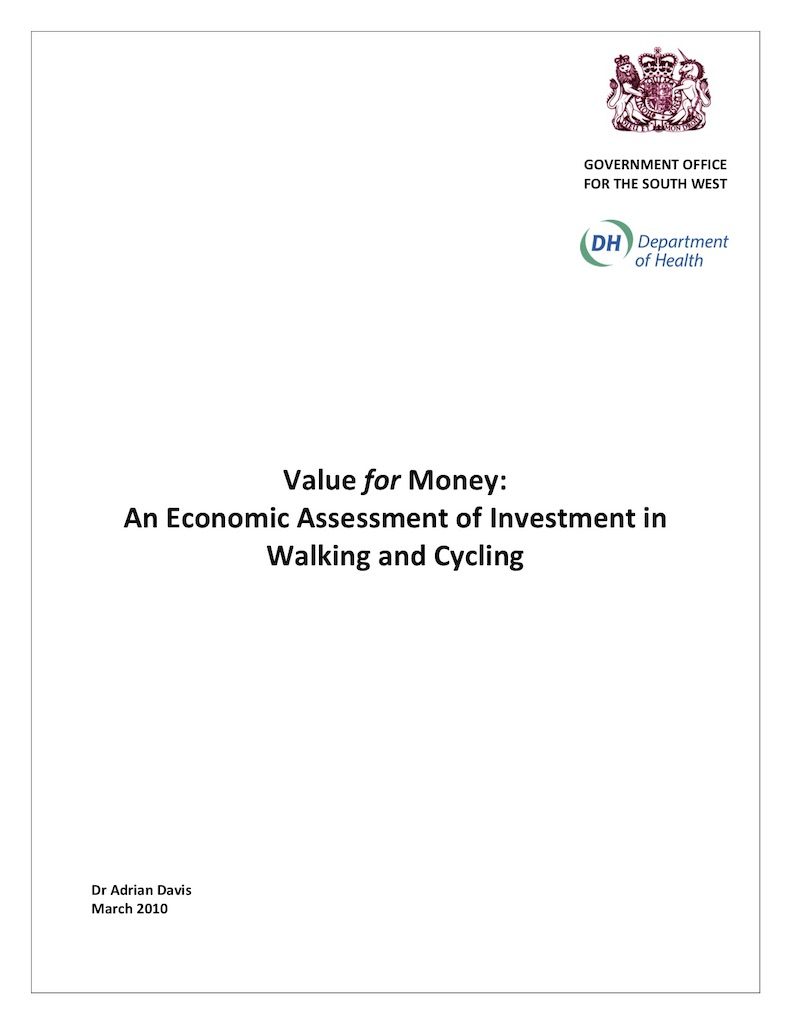
Transport for London
Transport for London has published a summary pack of the economic benefits of walking and cycling:
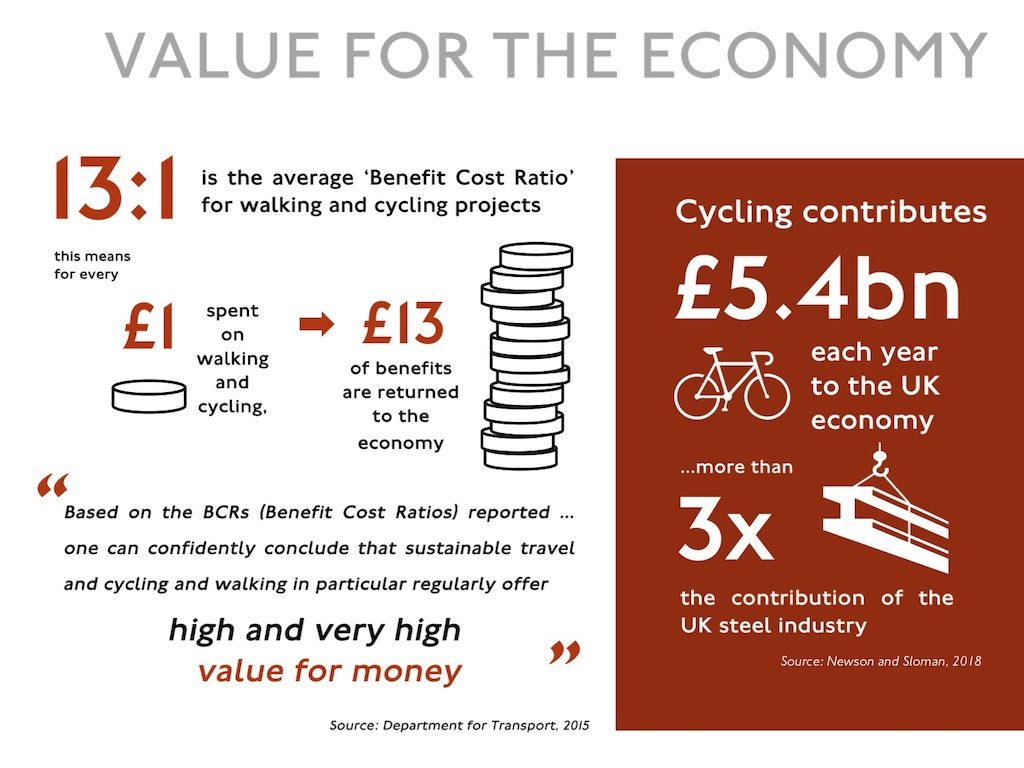
Including how walking and cycling benefits shopping streets:
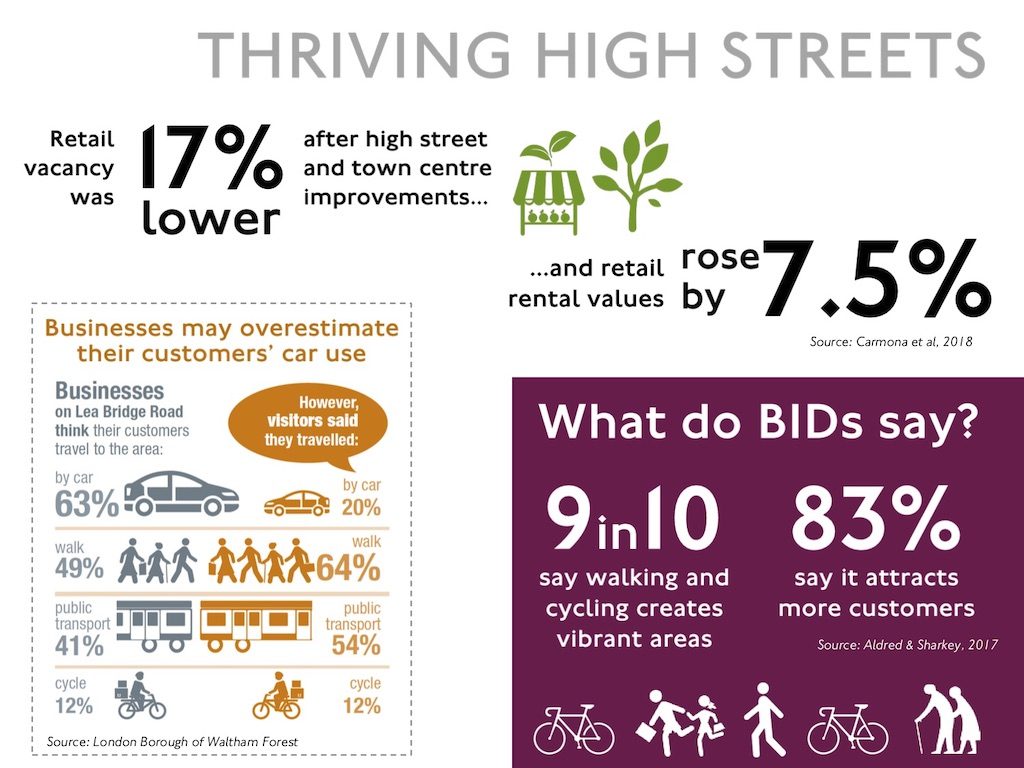
Price Waterhouse Coopers
Price Waterhouse Coopers prepared a report for the City of Melbourne (link, PDF) showing that every dollar invested in a bicycle infrastructure project returns between $1.30 and $14.

ARUP
ARUP prepared a report for Victoria Walks showing that the Victorian state government can boost the economy by investing in walking infrastructure.
If 50% of short private vehicle trips (0-0.9 km) were converted to walking, there would be 2.4 million more walking trips providing approximately $3.2 million (inflation adjusted) in savings to the Victorian economy each week.
The economic case for investment in walking, ARUP and Victoria Walks
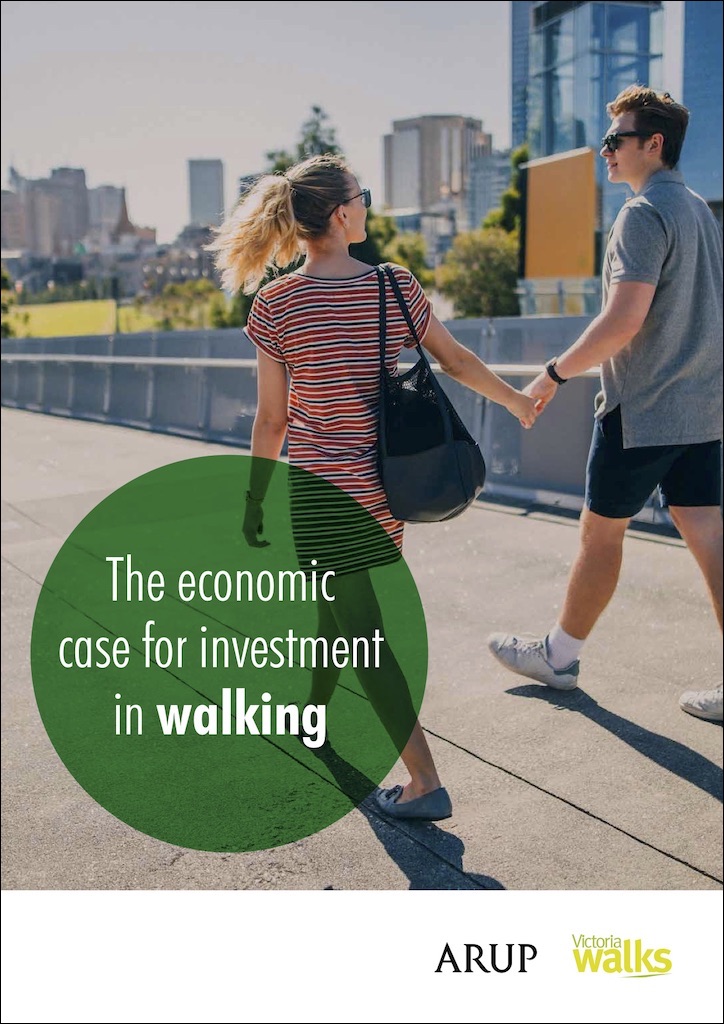
The Conversation
Every kilometre walked or cycled has an economic benefit by reducing traffic congestion and vehicle operating costs, improving health and the environment, and saving on infrastructure spending. It’s estimated every dollar invested in cycling infrastructure may reap up to five dollars’ worth of benefits.
Matthew Mclaughlin and Trevor Shilton, writing in The Conversation
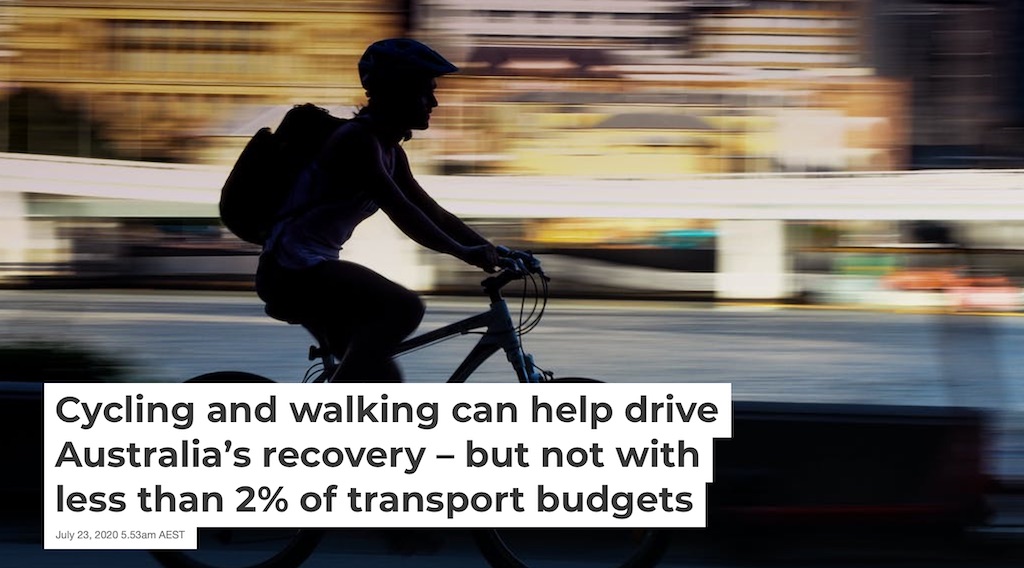
Copenhagenize Design Co.
Consultants the Copenhagenize Design Co. have summarised the business case in the following graphic – every km driven costs taxpayers 80 cents, while every km cycled saves taxpayers 73 cents.
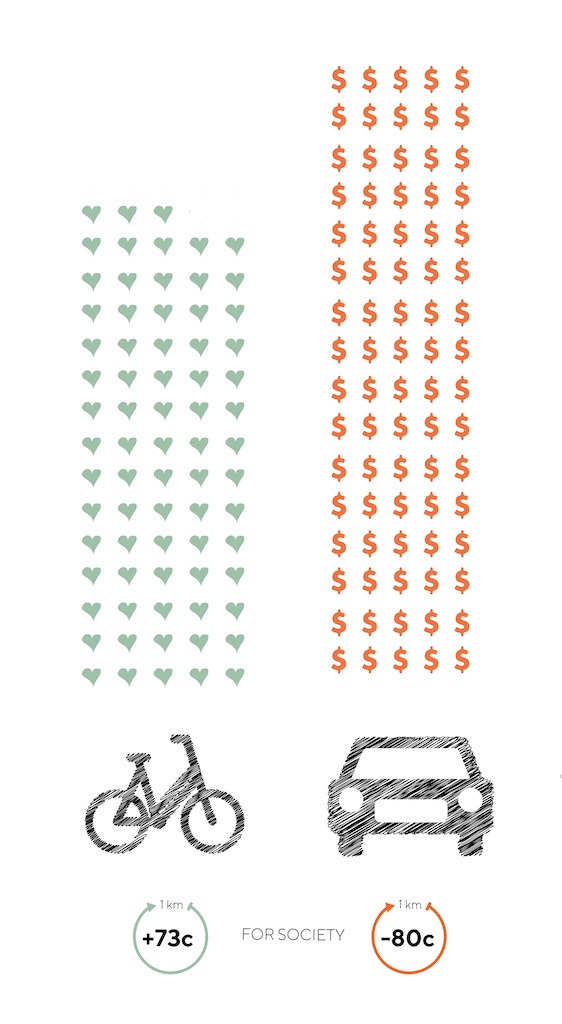
New Zealand
Investing in active transport delivers 10x more benefit than cost:
How you can help
You can help by appearing on the Streets Alive Yarra website as a champion for your local street, neighbourhood, or school.

